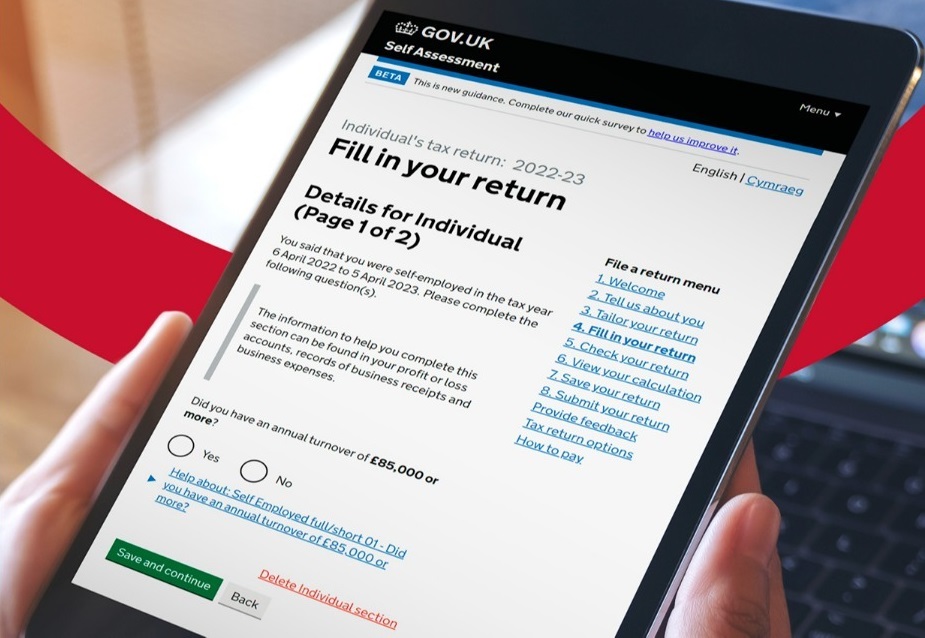A recent study finds that the pandemic has boosted budgets – but legacy tech remains a big barrier to progress
Credit: Jernej Furman/CC BY 2.0 Image below: Ayebare Innocent/CC BY-SA 4.0
It is safe to say that the last year has been, for most of us and in so many ways, like nothing we have ever experienced before.
If restrictions and infections continue to ease, what is less certain is what happens next, and the ways in which life after coronavirus will be both different and the same to the pre-pandemic world.
For many of us, the most manifest and profound changes have come in our working lives. This surely includes large numbers of civil servants and other public sector employees; no sooner had the country gone into its first lockdown, then almost all departments switched to a model in which well over 90% of their workforces were performing their duties remotely.
With many local and central government officials now having done so for more than a year and counting, the experiences of the last 13 months will surely resonate well beyond the end of the Covid-19 crisis. Some of the many changes that will result from the Covid crisis have already taken place.
For example, the new standardised contract for HM Revenue and Customs staff enshrines their right to at least two days of homeworking each week.
To better understand what other changes will take place across the public sector in the coming years – as well as what will return to what we might tentatively describe as ‘normal’ – PublicTechnology parent company Dods surveyed 233 leaders across the civil service and local authorities. The research, commissioned by SAP Concur, set out to find out about the challenges and changes of the last year, as well as plans and priorities for the months and years ahead.
Next week we will be hosting a webinar in which an expert panel will discuss and debate the findings – click here to register for free – but, in the meantime, here’s a snapshot of what we learned.
Remote working is very much here to stay
We could probably have assumed what our survey makes plain: working from home has seen a massive increase due to the Covid outbreak, and will remain an intrinsic part of how public sector employees work.
Before coronavirus, 44% of respondents to our survey reported working from home at least once a week. Unsurprisingly, during the pandemic, this figure has doubled to 90%.
And the proportion of workers who expect to spend at least one day a week working from home in the long-term future – 81% – is a great deal closer to the current number than the pre-Covid figure.
The proportion of workers who expect to spend at least one day a week working from home in the long-term future is a great deal closer to the current number than the pre-Covid figure
The case for remote working has been made by the efficacy of local councils and government departments in responding to crises with a workforce spread across living rooms, kitchens, and bedrooms throughout the country.
Government representatives have begun speaking about the future world of work as a ‘hybrid’ of old and new ways of doing things, and have taken steps – such as the HMRC contract, and investments in flexible office space – to help support this vision.
The pandemic has increased employees’ tech skills
When we asked research participants to tell us which aspects or trends of working life had grown or become more prominent in the last 12 months, remote working – again, unsurprisingly – came out on top, with virtually all respondents indicating a significant or noticeable rise.
Second on the list, with 85% of central and local government leaders citing an increase, was the digital skills of their employees.
This can surely be attributed to the need for vast swathes of employees to adapt to a world where tech platforms were the only way for them to connect with colleagues – and citizens.
All that wrangling with videoconferencing platforms and remote desktop software has clearly had an impact.
Coronavirus has been a much bigger driver for digital budgets than Brexit
Covid has not just prompted growth of in the public sector’s tech skills – but in the amount of money available to organisations to invest in digital and transformation initiatives, our research found.
Of our 233 respondents, just 3% said they had seen a significant decline in their budget for digital initiatives this year, with a further 7% seeing a slight decrease.
This means nine in 10 saw no reduction in the amount they have to spend on technology and transformation, including 48% that have an increased budget. A total of 12% have seen their spending pot grow significantly.
Of those participants that had seen an increase, 60% said that coronavirus had significantly influenced the growth in budget, with a further 29% indicating that it had been somewhat influential.
In total, this is more than double the 43% of the same cohort that claimed that ongoing Brexit-related work had in any way influenced their budget.
Local and central government face different barriers – but legacy tech is an issue across the board
When we asked our respondents to tell us about the biggest barriers facing their digital transformation initiatives, there were several marked differences between local and central government representatives.

The former reported that the need to maintain front-line service delivery often got in the way of implementing new technologies, while the latter pointed to cultivating and retaining skilled people as a major challenge.
But both sectors listed legacy infrastructure as among the biggest hindrances to their transformation efforts; a total of 53% across all respondents cited this as a barrier.
The problems posed by Whitehall’s ageing tech have long been apparent – not least during the coronavirus crisis, when the Public Accounts Committee found that the need to patch up legacy infrastructure had required HMRC to spend an extra £53.2m – equating to 80% of all its additional costs during the pandemic.
The tax agency was the biggest beneficiary of £600m of funding set out in the recent spending review to “fix outdated government IT”. Our research makes plain that a lot more work may be required to do so.
Normal service may not be resumed for some time
This is another example of our research shining further light on what many of us have seen increasingly clearly for some time: things are not going back to normal anytime soon – or possibly anytime.
Fewer than half, 49%, of our research participants expect that the delivery of citizen services will return to normal – whatever ‘normal’ now is – within 12 months. Some 8% of respondents believe it will take longer than two years for this happen, and a further 7% do not think it will ever do so.
What comes in its place is still up for grabs.
Experts from PublicTechnology, Civil Service World and SAP Concur will be revealing more of the findings and discussing and what they mean for government and the wider public sector in a webinar discussion at 10.30am on 28 April. Click here to find out more or register free of charge.
Click here to access the report – which contains lots more data and insights on the public sector’s transformation initiatives and the impact of the past year on digital and operational priorities, as well as the outlook for future technology programmes and ways of working.



